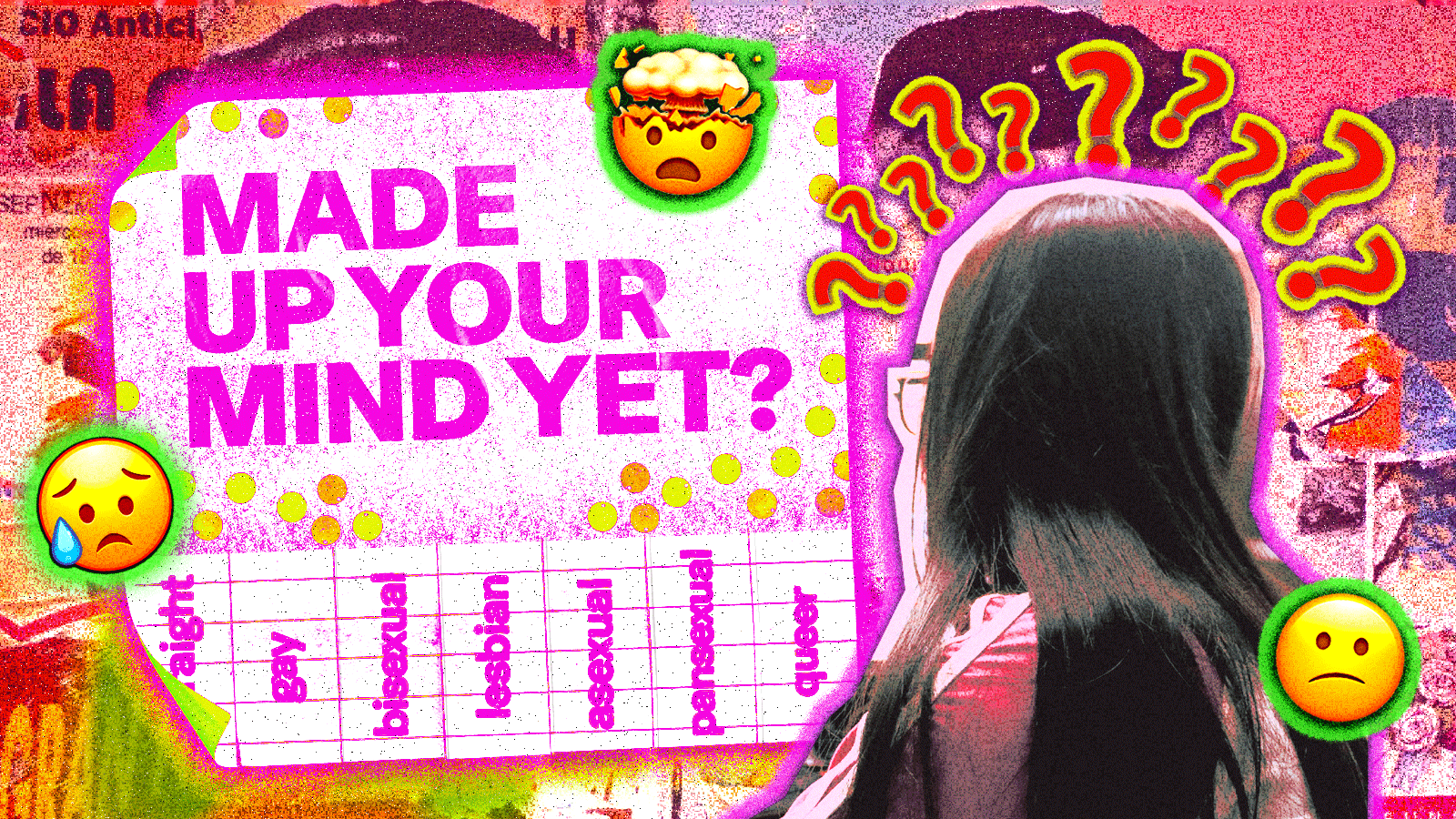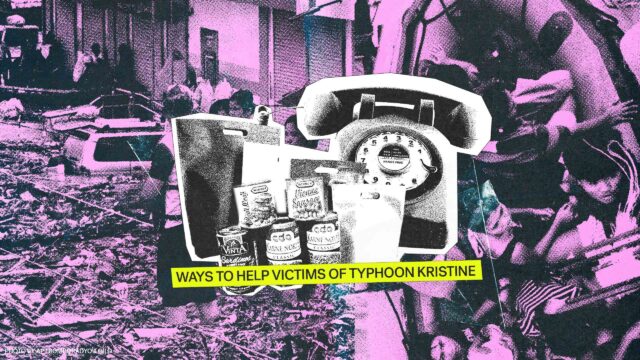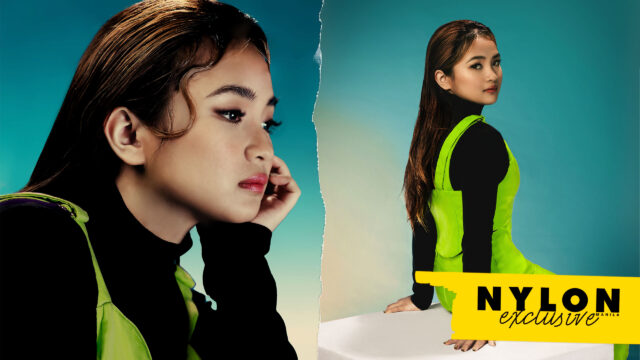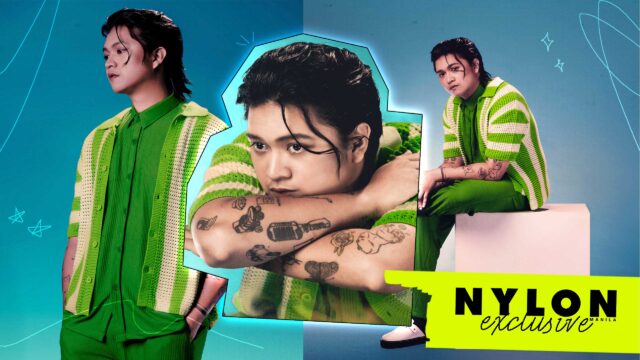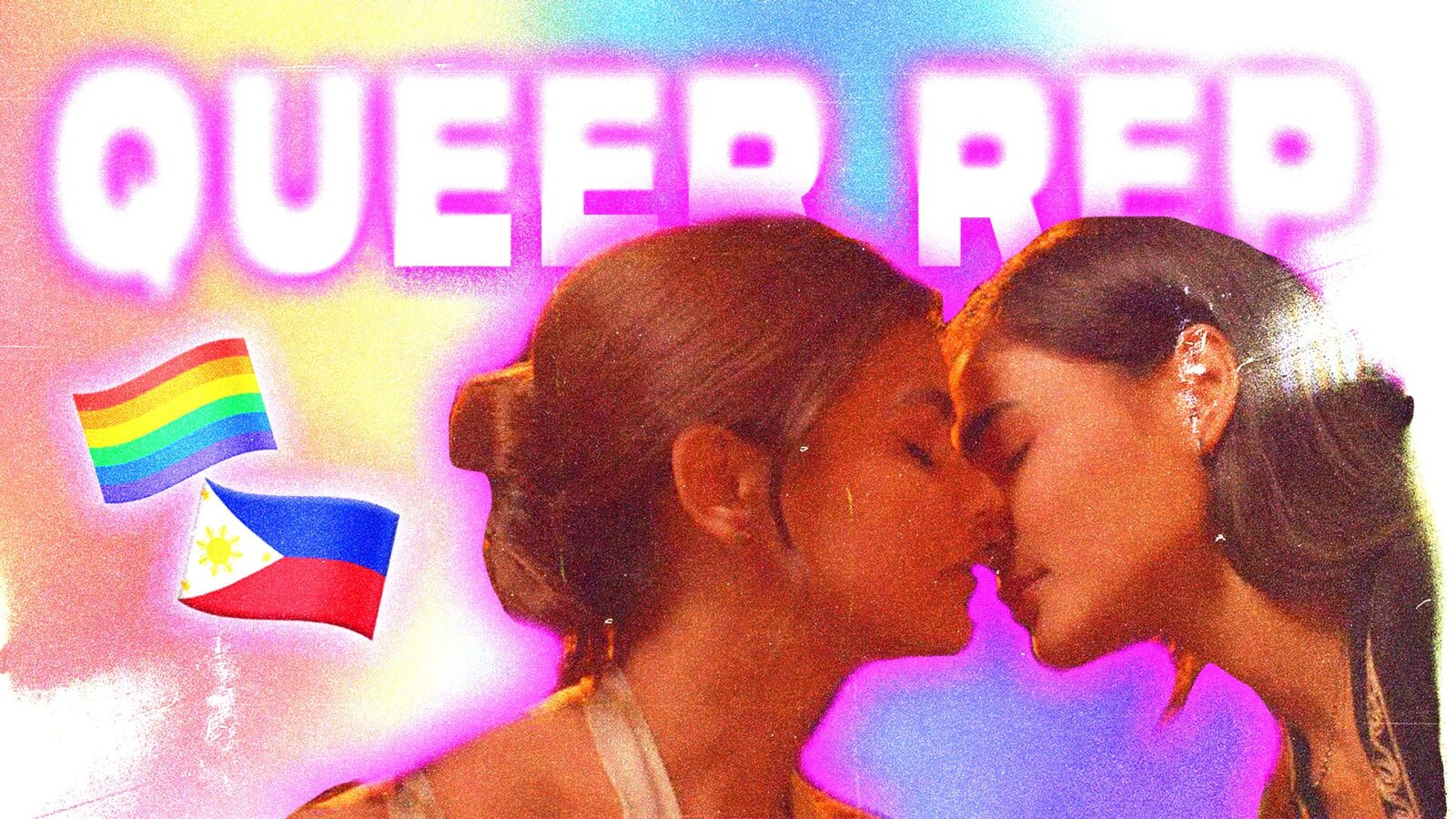[OPINION] Labels can be empowering, but being pressured into labeling your sexuality can be a burden.
Related: 7 Filipino LGBTQIA+ Commercials That Captured What It Means to Love
A friend once told me about an encounter they had where someone kept asking them how they identified. “Are you bi or lesbian or what?” It made them uncomfortable, because they didn’t know for sure if they could identify with a certain sexual orientation. And they never really thought that they had to be sure about what label they’re sticking onto themselves.
While the world has come a long way in terms of diversity and inclusivity, one thing that’s intensified over time is the prevalence and normalization of labels. Of course, labels are important in that we can ascribe a name to a certain existence, therefore realizing and validating that existence. It clarifies that which was initially unknown or unclear, and recognizes the differences between people—and thus the differences in our needs and experiences. Labels can help shape identity, forge connections, and build communities.
On the other hand, labels as they exist now are teetering somewhat dangerously on the line between freeing and limiting, in that enforced labelling pressures people into coming out or identifying with labels that aren’t quite right—which adds even more stress and confusion to the whole figuring-yourself-out thing.
BOXES AND LIMITATIONS
gentle reminder that while labels can be comforting, especially for people who feel alone and knowing they're not, labels can also be constrictive; people can feel pressured to choose labels and then feel stuck in that label. give people the space to make mistakes
— dany 🥟🐿️ (@shitty4eyes) June 13, 2019
Often, finding the right label feels like a spark of clarity. It allows people to learn about who they are and identify with a community.
The usage of labels, when treated as a rigid rule, can actually be limiting. Especially with media and social media making all sorts of impressions on young people, being pressured into identifying and naming your sexual or romantic orientation can be overwhelming. It can even take away from any sort of freedom bestowed upon someone who learned that the way they love breaks boundaries.
And there’s no excuse for people to force others to disclose their sexuality or identify with a label, whether they’re a celebrity or a friend. People are entitled to their privacy the same way they are entitled to the freedom of loving who they love and the freedom of figuring themselves out.
When it comes to sexuality and romantic attraction, labels should be “descriptive and not prescriptive.” Perhaps that’s why the usage of the term “queer” or “sapphic” or “gay” (in its most broad sense) is so popular these days. It allows people to explore their identities, identify with the community, and make sense of their existence without being restrictive.
FREEDOM OF IDENTITY
speculating on peoples orientations isnt just rude, its harmful. its stressful, and makes you feel pressured to state your orientation when you may be uncomfortable doing so, especially if youre not sure of your own labels and orientation.
— Tabs (@tabslemon) August 23, 2021
Sexuality, like gender, is a spectrum. It’s prone to changes and shifts—just like you, and just like life itself. Whether or not you choose to label yourself now, know that you can change, and that you are free to. You can acknowledge and respect the boundaries of definition when it comes to labels (and you should), but you don’t need to conform to any standards. You can change your labels, or choose not to have one. It’s perfectly fine to exist as you are and love as you do without having to stick a label on yourself or explain yourself to anyone.
Of course, being able to label and identify yourself proudly and freely is a privilege not afforded to all. The knowledge and discourse regarding queerness and sexuality that we are exposed to are not accessible to every person. And in the grand scheme of things, where members of the LGBTQIA+ community are being killed, detained, and demonized, one could make a case that the discussion of labels doesn’t seem to be the most pressing issue at hand. But it carries with it the implications of agency and self-determination, and could just help us learn a thing or two.
But essentially, you don’t have to brand yourself with a label, or stick forever with the label you proudly own now. People, life, and love are complex, and you can take as much time as you need trying to figure everything out.
Continue Reading: Gen Z Speaks: Why It’s Important to Have Normalized Queer Representation in Filipino Media
